5 Ways Data Modeling Is Critical to Data Governance
erwin
JANUARY 9, 2020
Then there’s unstructured data with no contextual framework to govern data flows across the enterprise not to mention time-consuming manual data preparation and limited views of data lineage. Today’s data modeling is not your father’s data modeling software.

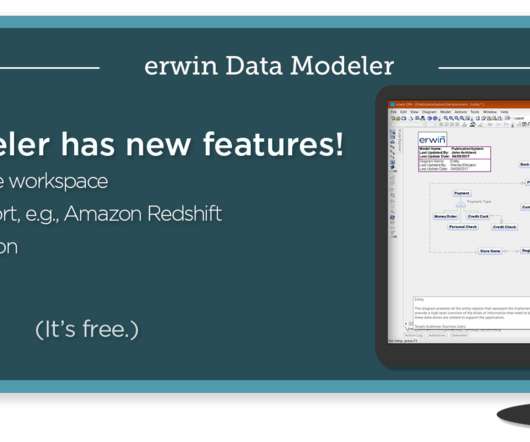

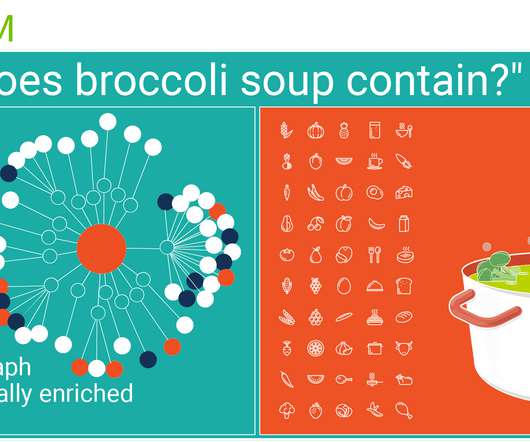
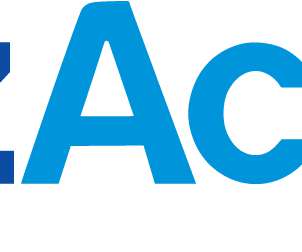

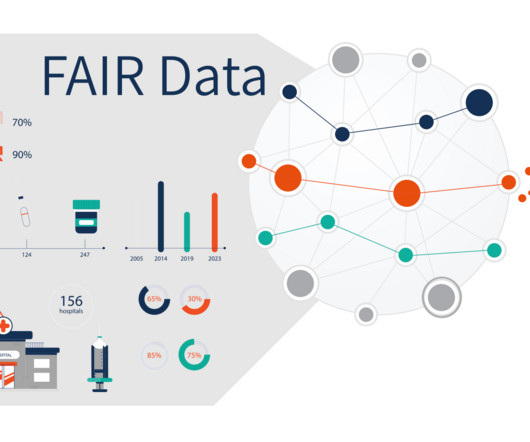


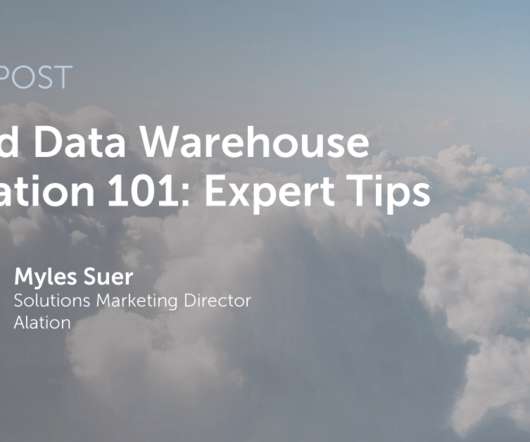
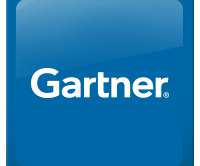
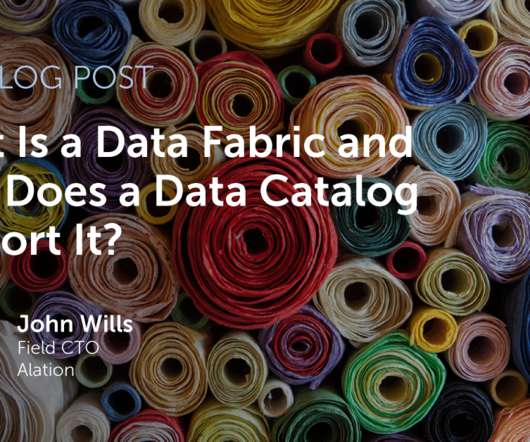












Let's personalize your content